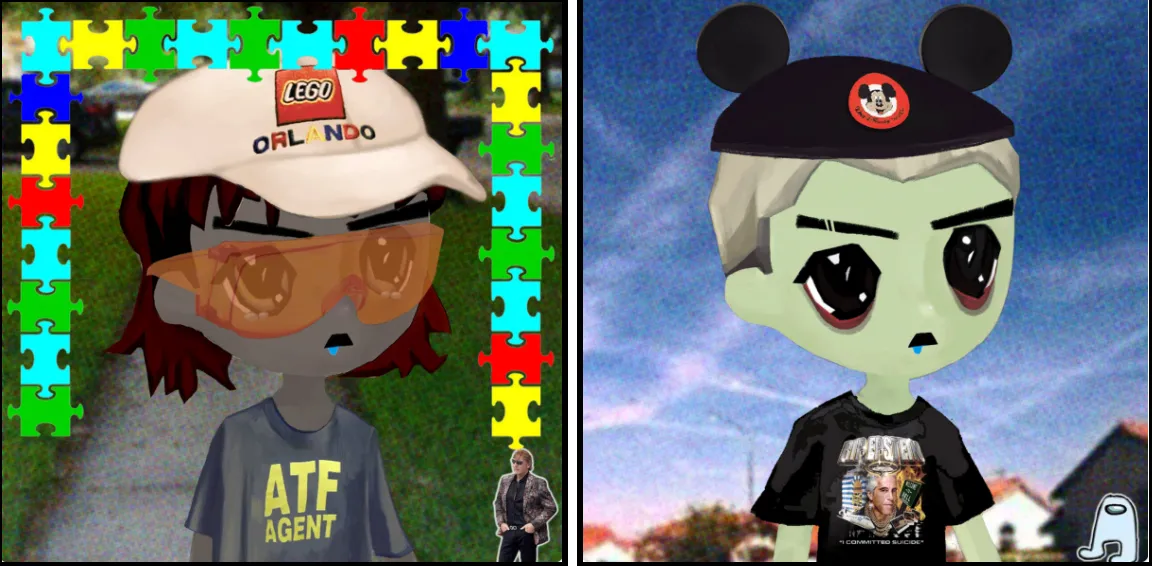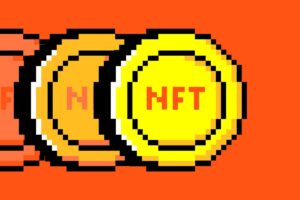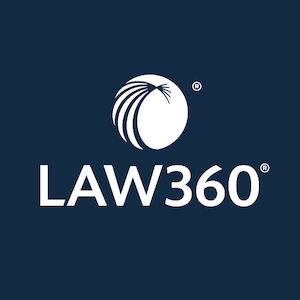Digital Asset Infringement, IPFi, and AI Trends: A Comprehensive Analysis of the 2024 Blockchain IP Market Report

As the digital asset ecosystem continues to evolve, the field of intellectual property (IP) protection faces unprecedented challenges and opportunities in 2024. Recent research reveals $1.86 billion in IP infringement, issues with digital asset replicas, and trends in artificial intelligence and IPFi development.
Intellectual Property Crisis in Digital Assets
On March 12, 2023, the U.S. Copyright Office and the U.S. Patent and Trademark Office (USPTO) jointly released a research report on the impact of NFT on intellectual property. Key findings include:
NFT technology itself does not prevent unauthorized copying of copyrighted works.
Trademark infringement and misuse are prevalent issues in the NFT market.
With the growth of NFTs and digital assets, the problem of IP infringement has surged, and creators and platforms need to implement robust IP protection strategies and processes. According to data from bitsCrunch, we found that over 8,650 collections have IP infringement issues, with affected sales reaching as high as $1.86 billion. Such a large-scale infringement poses a fundamental challenge to the digital asset market.
Forms of Digital Infringement and Data Analysis
Intellectual property is an important identifier of the source of goods and services. It may include words or phrases, stylized text or logos, slogans, product shapes, scents, sounds, or colors.
Brand Infringement
Unauthorized use of logos, trademarks, or brand identifiers in NFT designs. For example, incorporating McDonald’s golden arches into an NFT without permission. (Use of McDonald’s logo in certain collections)
Character/Image Infringement
Unauthorized use of copyrighted characters, artworks, or other visual IP. (For example, using images from BAYC without permission)
Ethereum remains the primary battleground for IP disputes. The report shows that 82.1% of Ethereum-based infringements involve character infringement, while 17.9% involve brand infringement. Given Ethereum’s dominance in the NFT space, this phenomenon can also be explained.

Other blockchains exhibit different infringement behaviors. For example, on Polygon, over 90% of infringements are related to images, involving more than 1,270 collections. Meanwhile, BSC and Avalanche face unique challenges, with BSC experiencing severe character infringement (90.5%), while Avalanche has a more balanced distribution between character infringement (69.7%) and brand infringement (30.2%).
Case Study One: Remilio
The Remilio collection features a variety of characters and images. However, upon investigation, we identified some potential copyright issues.
McDonald’s Repeated Infringement: The recurring appearance of the McDonald’s logo highlights the issue of protecting intellectual property in the NFT space.

Brand Identifier and Trademark Issues: This collection uses elements associated with streetwear giant Supreme, as well as iconic brands like LEGO and Mickey Mouse, whose identifiers are under strict legal protection.

SpongeBob and Rick and Morty: Characters from popular animated shows like SpongeBob and Rick and Morty may be infringed upon, so creators need to be aware of copyright for all types of intellectual property, not just well-known brand copyrights.

Case Study Two: Sappy Seals
Although the Sappy Seals series appears harmless, with sales reaching 107.84M, it has several potential copyright issues.
For example, Caleb Pressley: Potential infringement of personal names and his podcast “51 Strokes.”

Hisoka/Hunter x Hunter/Anime: Potential infringement of copyrighted characters and intellectual property from the “Hunter x Hunter” anime series.

Louis Vuitton: Potential infringement of Louis Vuitton’s trademarks and brand identifiers.

Inverted McDonald’s: A variant of McDonald’s logo infringement.

Spirited Away: Potential infringement of copyrighted characters (No-Face) and intellectual property from Studio Ghibli’s film “Spirited Away.”

Replica Issues
According to data from bitsCrunch, we analyzed over 2 million NFTs from 162 collections, and the results were shocking. Among all NFTs, 65% are replicas, with total sales of replicas reaching $172 million and over 333,000 transactions. Popular collections like Doodles have become prime targets for counterfeiters.
Many popular NFTs have gained widespread attention, but many have been maliciously infringed upon.

The complexity of these replicas varies widely. While fully matching cases are relatively rare (only 36 found), we identified over 6,500 near-perfect matches and more than 10,000 very similar cases. This degree of similarity indicates that counterfeiters are using increasingly sophisticated techniques to evade detection while maintaining enough resemblance to the original to deceive buyers.

The Rise of IPFi
The rise of IPFi represents a shift in how we think about and manage digital intellectual property assets. This new model combines traditional concepts of intellectual property with decentralized financial principles, creating a more vibrant and accessible intellectual property ecosystem.
IPFi introduces asset tokenization mechanisms that enable IP holders to create liquid markets for their intellectual property. Through smart contracts, creators can now automatically allocate royalties, streamline licensing processes, and generate new revenue streams through earnings and derivatives. The financialization of intellectual property assets is not just about transactions; it aims to create a complete ecosystem that protects creators’ rights while incentivizing innovation.
Is AI + IP a Trend?
At the same time, artificial intelligence is becoming an important tool in combating intellectual property infringement. Now, real-time authentication systems can scan new assets as they emerge and immediately flag potential infringements. These systems do not just look for exact matches; they also utilize complex pattern recognition technologies to identify varying degrees of similarity and potential infringements.
Artificial intelligence has also brought revolutionary changes to market monitoring. Continuous monitoring of the market combined with machine learning algorithms can detect suspicious activities. Compared to traditional passive methods, this proactive approach is a significant advancement.
The integration of blockchain technology, artificial intelligence, and IPFi brings a promising future for digital intellectual property protection. We see the rise of smart intellectual property registries that provide immutable records of ownership and creation, while AI-driven assessment systems make the evaluation of intellectual property assets more accurate than ever before.
Conclusion
For creators, platforms, and investors in the digital asset space, adaptation and vigilance are necessary. The combination of AI-driven protection mechanisms and IPFi’s financial innovations provides a framework for a safer and more efficient future. However, achieving this future requires ongoing attention and collaboration among multiple parties to drive the development of the digital asset space.
ChainCatcher reminds readers to view blockchain rationally, enhance risk awareness, and be cautious of various virtual token issuances and speculations. All content on this site is solely market information or related party opinions, and does not constitute any form of investment advice. If you find sensitive information in the content, please click “Report”, and we will handle it promptly.
Source link
#Blockchain #Market #Report #Digital #Asset #Infringement #IPFi #Trends





